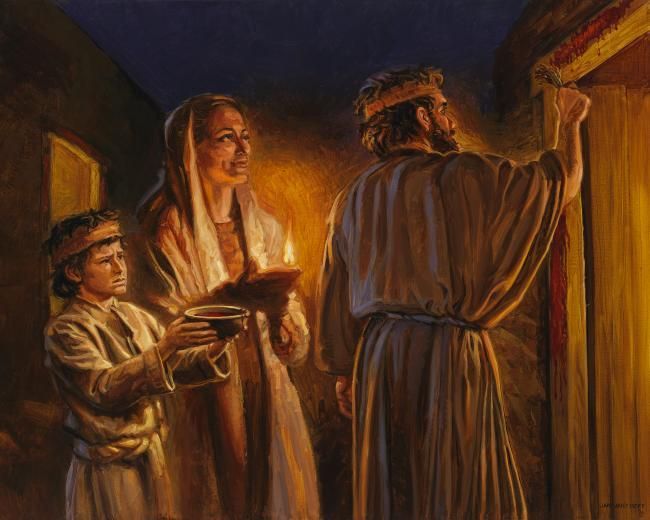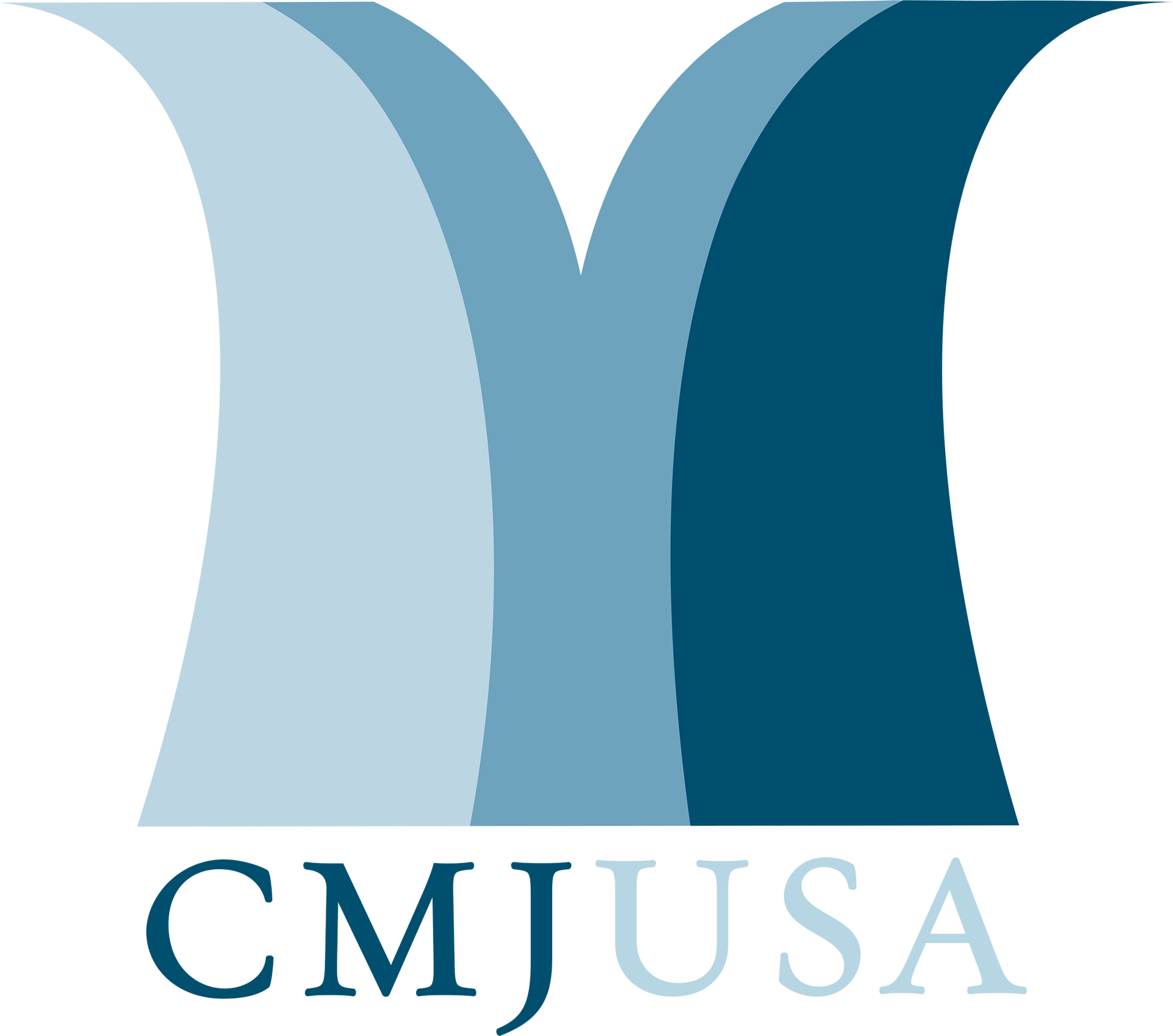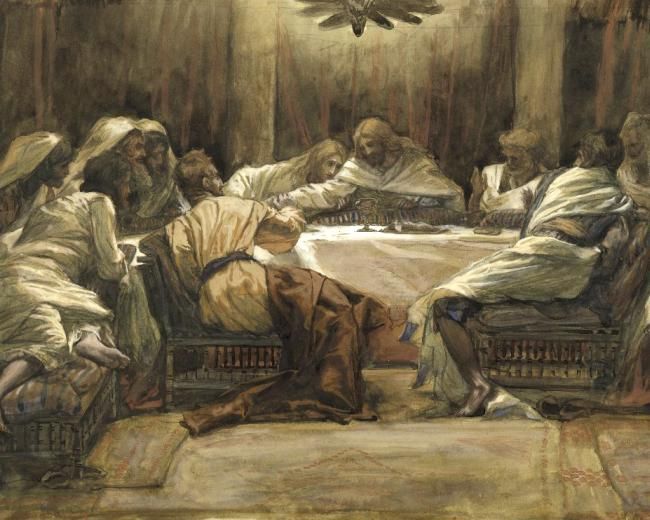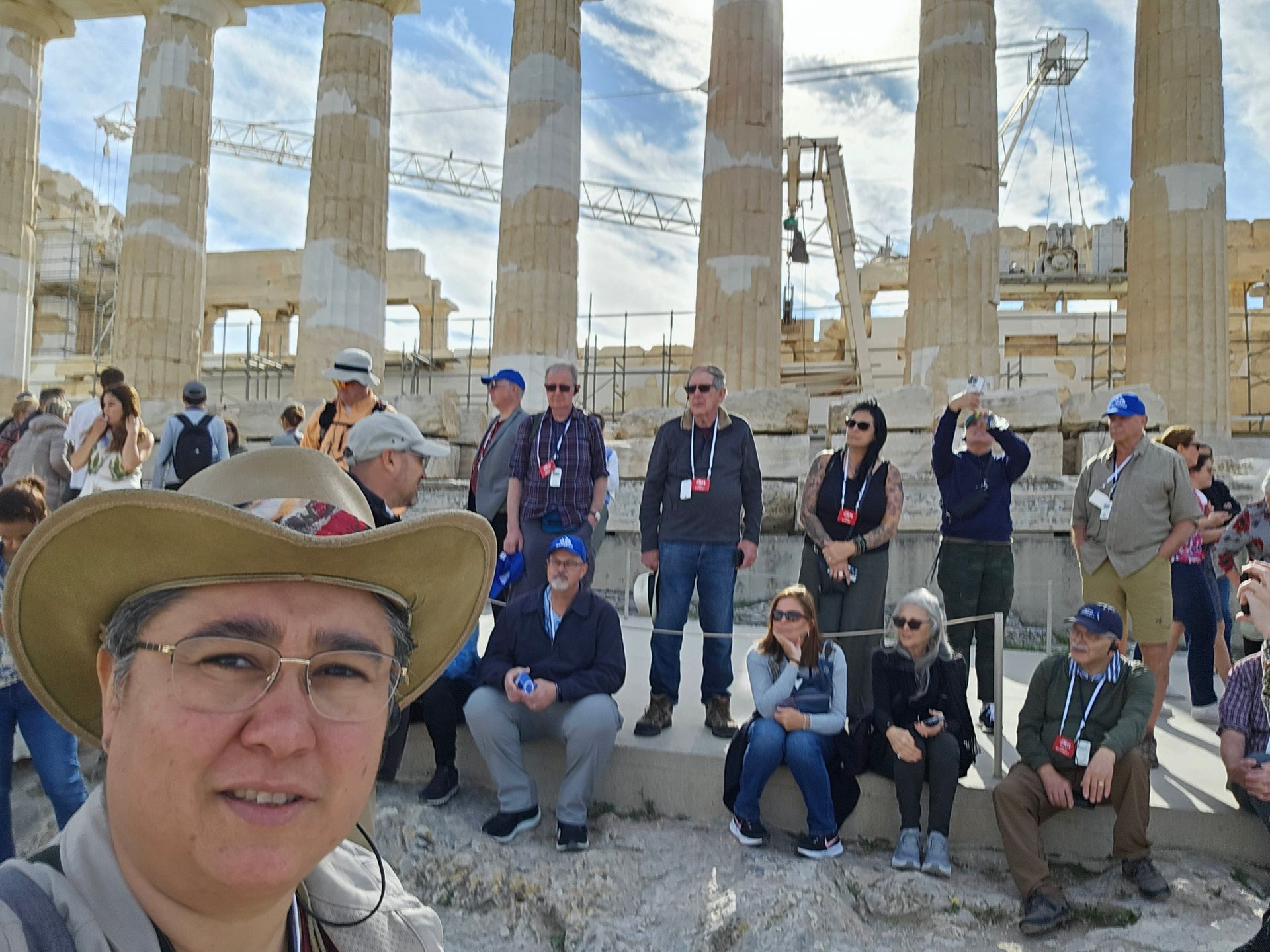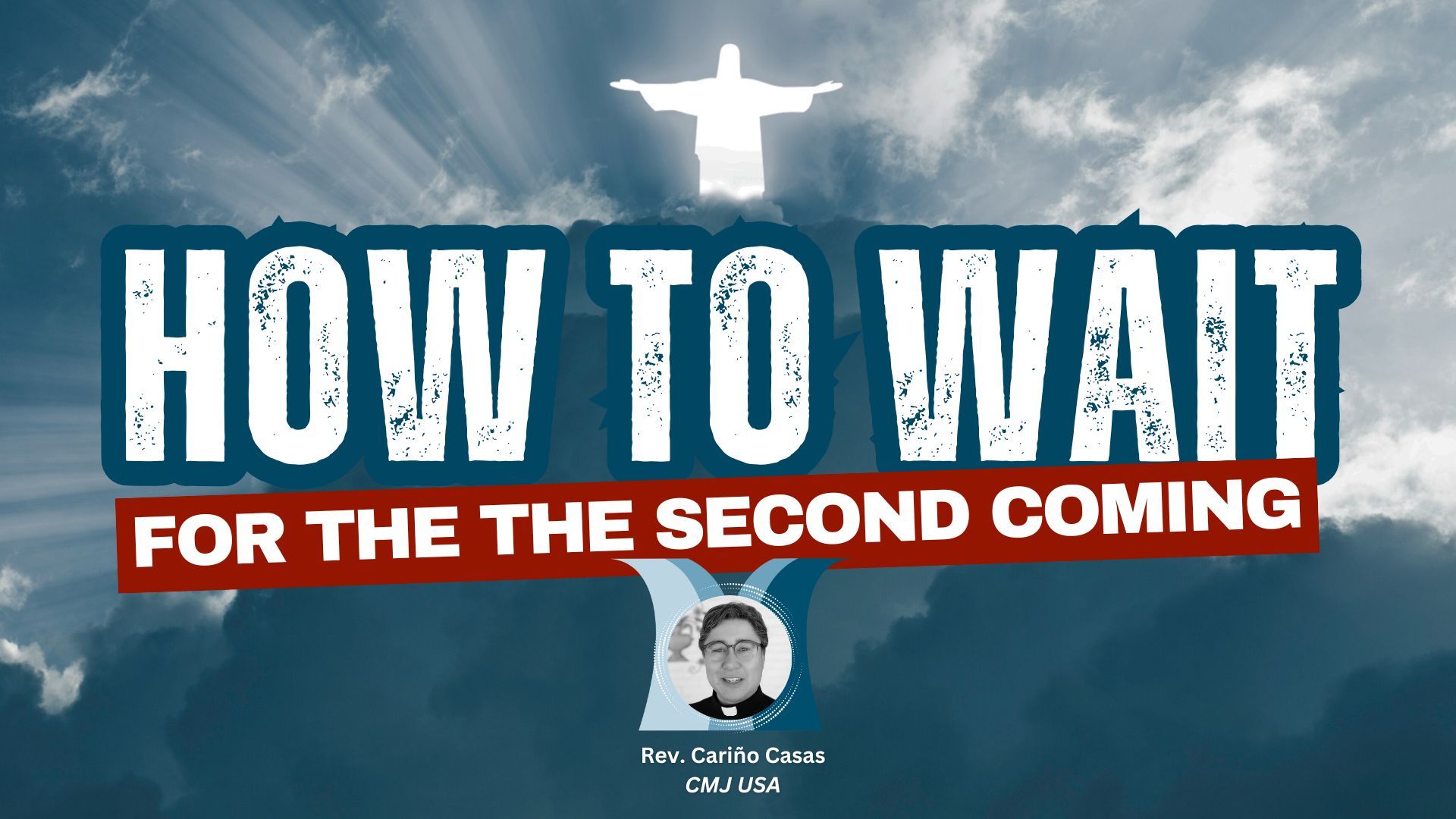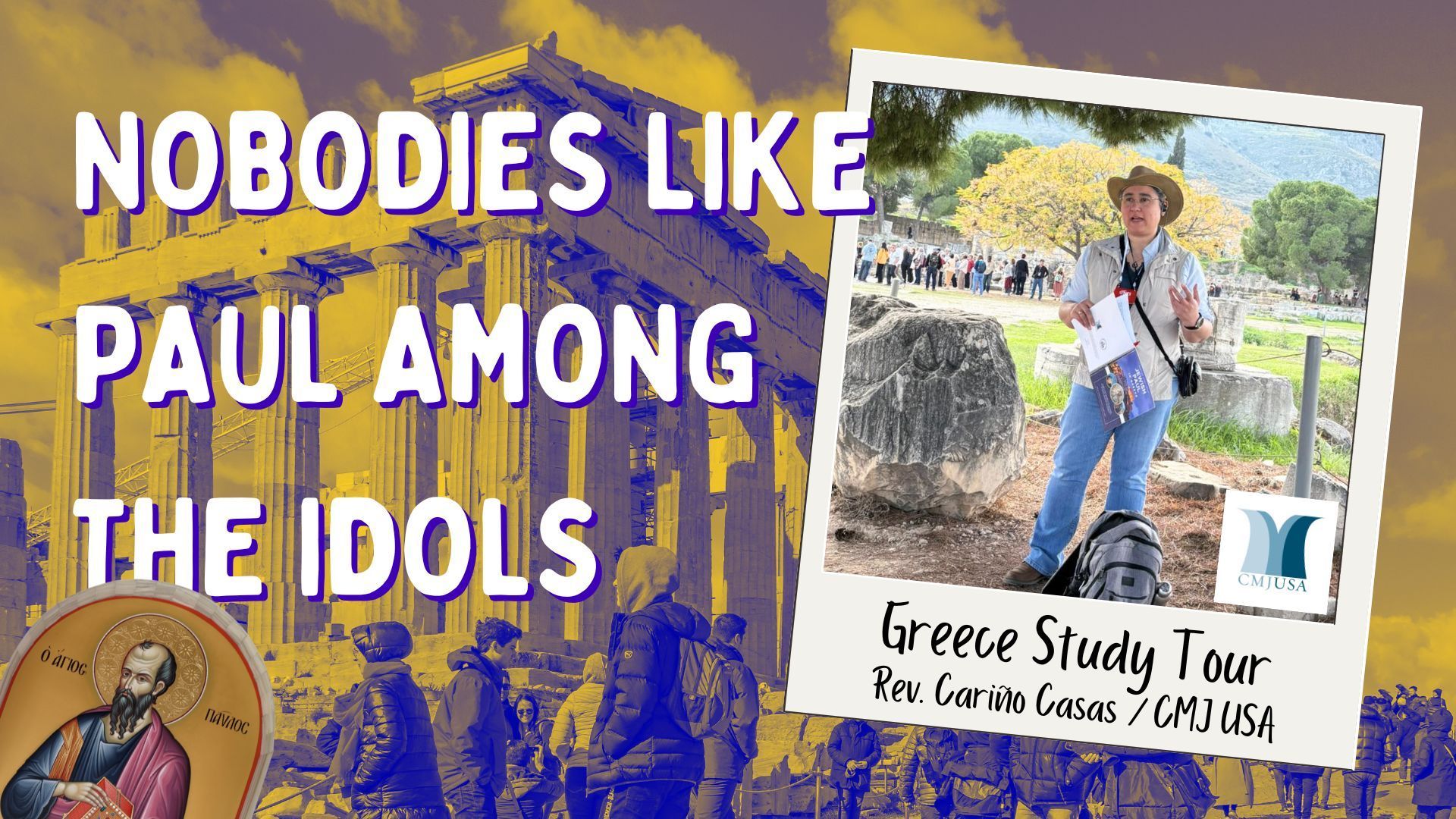How does this relate to the promise that God would raise up a prophet like Moses? Although many of the prophets of Israel exhibited characteristics that were reminiscent of Moses, only one character in the Old Testament can truly be said to be the One prophesied in Deuteronomy 18:15–19: The Servant of the Lord.
He is the central figure in Isaiah 40–55.
Image credit: Jan van 't Hoff/GospelImages.com
How does this relate to the promise that God would raise up a prophet like Moses? Although many of the prophets of Israel exhibited characteristics that were reminiscent of Moses, only one character in the Old Testament can truly be said to be the One prophesied in Deuteronomy 18:15–19: The Servant of the Lord. He is the central figure in Isaiah 40–55.
Image credit: Jan van 't Hoff/GospelImages.com
